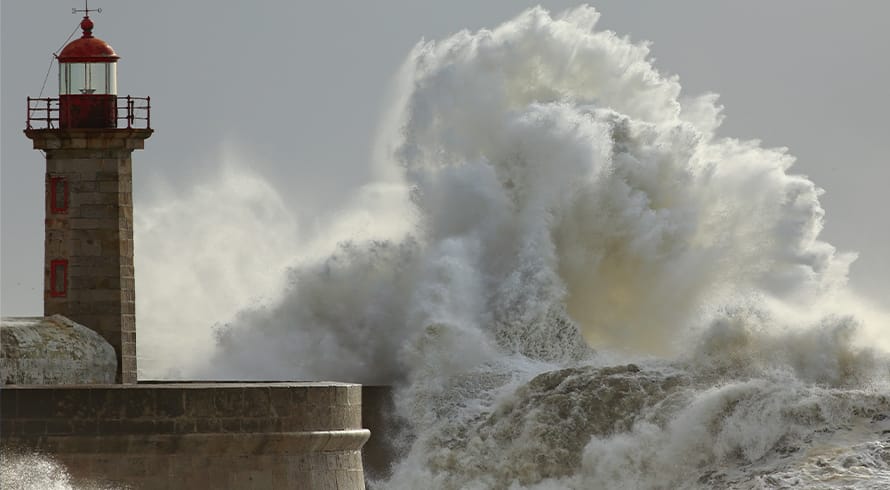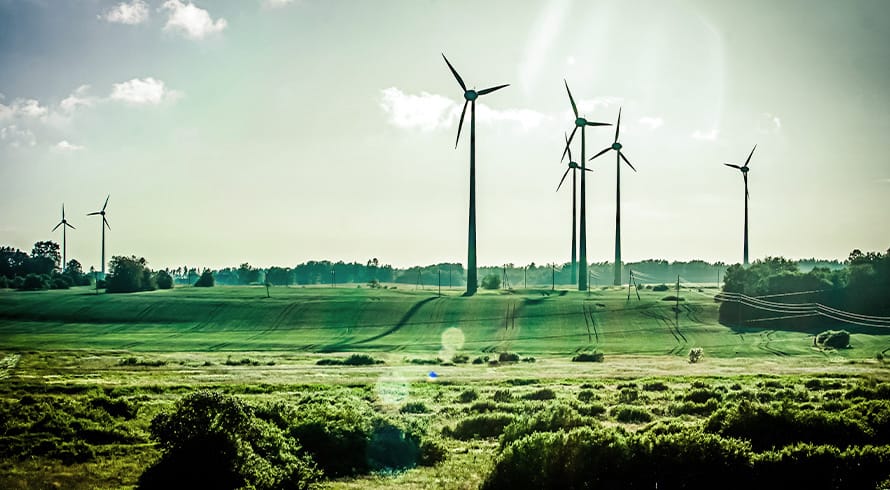100MW Embedded Generation Threshold increase and associated opportunities require enabling environmental regulatory framework and support
At a glance
- President Cyril Ramaphosa announced an increase in the exemption threshold for electricity generation licenses in South Africa to 100MW, allowing for increased private power generation capacity and the ability to transmit electricity through the grid.
- Environmental challenges, including objections and appeals to environmental permits, pose obstacles to the development of alternative energy technologies such as gas and renewables.
- Regulatory developments are underway to streamline environmental permitting processes, including fast-tracked procedures for strategic gas pipeline infrastructure and the identification of renewable energy development zones. Efforts are also being made to reduce the water use license application process from 300 days to 90 days.
On 10 June 2021, President Cyril Ramaphosa announced that the exemption threshold under the Electricity Regulation Act 4 of 2006 (ERA) for an electricity generation licence (Exemption Threshold) would be increased to 100MW, with self-generating operations able to “wheel electricity through the transmission grid, subject to wheeling charges and connection agreements with Eskom and relevant municipalities”. There is no limitation as to the type of technology that this capacity exemption applies to. The necessary amendments to Schedule II to the ERA are due to be published within 60 days following the President’s announcement.
Energy landscape and challenges
The energy landscape is informed by the 2019 Integrated Resource Plan (2019 IRP), which contains capacity allocations for electricity generated from different technologies, including coal, hydro, storage, PV, Wind, CSP, diesel, and gas. Based on these allocations, the Minister issues ministerial determinations under section 34 of the ERA, specifying the new electrical energy generation capacity requirements and whether an organ of state or independent power producer (IPP) will be responsible for the establishing the new generation capacity. These ministerial determinations have given effect to various IPP procurement programmes over the years.
Whilst load shedding and the associated capacity constraints generally take centre stage in the energy security dialogue, the objections and challenges to environmental permitting of energy projects is starting to come to the fore as such challenges have bearing on project development and investor appetite in the energy sector.
Alternative technologies to coal-fired energy facilities, such as gas and renewable technologies, are not immune to environmental challenges with increasing objections and appeals lodged in respect of the environmental permits granted to LPG and LNG, solar and wind projects that have been or are to be bid in IPP procurement programme rounds. In respect of renewables, this is of particular concern in light of the release of the Renewable Energy IPP Procurement Programme Bid Window 5 Request for Proposals in April 2021, with bids due to be submitted 16 August 2021. Considering the long lead times and extensive costs associated with environmental permitting application and amendment processes, the legal challenges have the capacity to compromise the projects in their entirety, as they may impact on their ability to meet IPP procurement programme bid requirements; private sector requests for proposals; or reach financial close.
With all of these setbacks amidst a power supply crisis, the increase in the Exemption Threshold is welcomed in encouraging a boom to embedded generation developments as additional energy security sources, in addition to IPP Programme projects, but is a single piece of a larger integrated regulatory puzzle, with environmental considerations and associated permitting being another material part of the puzzle to hopefully see the benefits of the Exemption Threshold being realised.
Environmental regulatory developments
The misalignment with timing in environmental permitting applications processes; project development; and bidding has created practical challenges. This is occasioned by capacity constraints of environmental permitting authorities which may delay approval of applications particularly for environmental authorisations (EA) and water use licences (WUL). From an EA perspective, and in light of the requirement for an EA for energy generation facilities where the generation capacity exceeds 10MW (save for PV facilities of up to 10MW in urban areas or to be developed on existing infrastructure), there have been a number of regulatory updates which streamline and expedite timeframes for certain energy development projects in designated areas. Pursuant to the implementation of various strategic environmental assessments, the Department of Forestry, Fisheries and the Environment (DFFE) has published various notices in terms of the National Environmental Management Act 107 of 1998 (NEMA), which cater for the identification of:
- geographical areas important for the development of strategic gas transmission pipeline infrastructure, specifically the designation of nine phases of Strategic Gas Pipeline Corridors. To this end, the DFFE has further published “fast-tracked” procedures to be followed when applying for or deciding on EA applications, and substantive amendments to EAs, for the development or expansion of gas transmission pipeline infrastructure within the strategic gas pipeline corridors (Strategic Gas Pipeline Procedures). The Strategic Gas Pipeline Procedures provide that only a basic assessment (BA) process is required which should facilitate and speed up EA application and amendment processes for this type of infrastructure in these areas;
- geographical areas of strategic importance for the development of large-scale wind and solar photovoltaic energy facilities, which areas are known as Renewable Energy Development Zones (REDZ). In July 2020, DFFE promulgated three new REDZ in addition to the existing eight which, in relation to solar PV developments, are located in Emalahleni in Mpumalanga and Klerksdorp in the North West, and in relation to wind energy projects, Beaufort West in the Western Cape (New REDZ). It is noteworthy that, in the case of the New REDZ designated in mining regions, given the high energy demands associated with mining and processing, it is anticipated that the development of large-scale renewable projects by mining companies and IPPs will be incentivised. These projects, which would be located close to Eskom’s load centres, could potentially make use of existing infrastructure including roads and grid infrastructure pertaining to former mining operations; and
- similar to the Strategic Gas Pipeline Procedures, the DFFE has also prescribed BA processes for EA applications and substantive amendments in relation to the development of electricity transmission and distribution infrastructure of large-scale wind and solar photovoltaic facilities located in a REDZ.
From a water perspective, the Department of Human Settlements, Water and Sanitation (DHSWS) is in the process of considering amendments to the prescribed licensing requirements which will reduce the WUL application process from an extensive 300 days to 90 days. This initiative falls within Operation Vulindlela, a project established by the presidency and National Treasury to accelerate the implementation of structural reforms to overcome the current delays synonymous with the processing of applications for WULs. To address these constraints, the DHSWS has communicated that additional officials will be recruited to fast-track WUL applications. No amendments to the application regulations have been finalised to date and therefore developers await the publication of a Government Gazette by the DHSWS to officially reduce the legislated time period and update the online WUL application platform E-WULAAS.
Conclusion
The environmental regulatory framework developments to facilitate renewable energy generation, coupled with the 100MW Exemption Threshold increase, will hopefully encourage and contribute towards a robust embedded energy sector; energy security and associated economic recovery stemming from energy and infrastructure development that South Africa desperately needs. Although encouraging, there will remain the need to appreciate the risk of challenges and learning from these challenges to ensure robust assessment and public participation processes are carried out.
The information and material published on this website is provided for general purposes only and does not constitute legal advice. We make every effort to ensure that the content is updated regularly and to offer the most current and accurate information. Please consult one of our lawyers on any specific legal problem or matter. We accept no responsibility for any loss or damage, whether direct or consequential, which may arise from reliance on the information contained in these pages. Please refer to our full terms and conditions. Copyright © 2026 Cliffe Dekker Hofmeyr. All rights reserved. For permission to reproduce an article or publication, please contact us cliffedekkerhofmeyr@cdhlegal.com.
Subscribe
We support our clients’ strategic and operational needs by offering innovative, integrated and high quality thought leadership. To stay up to date on the latest legal developments that may potentially impact your business, subscribe to our alerts, seminar and webinar invitations.
Subscribe



